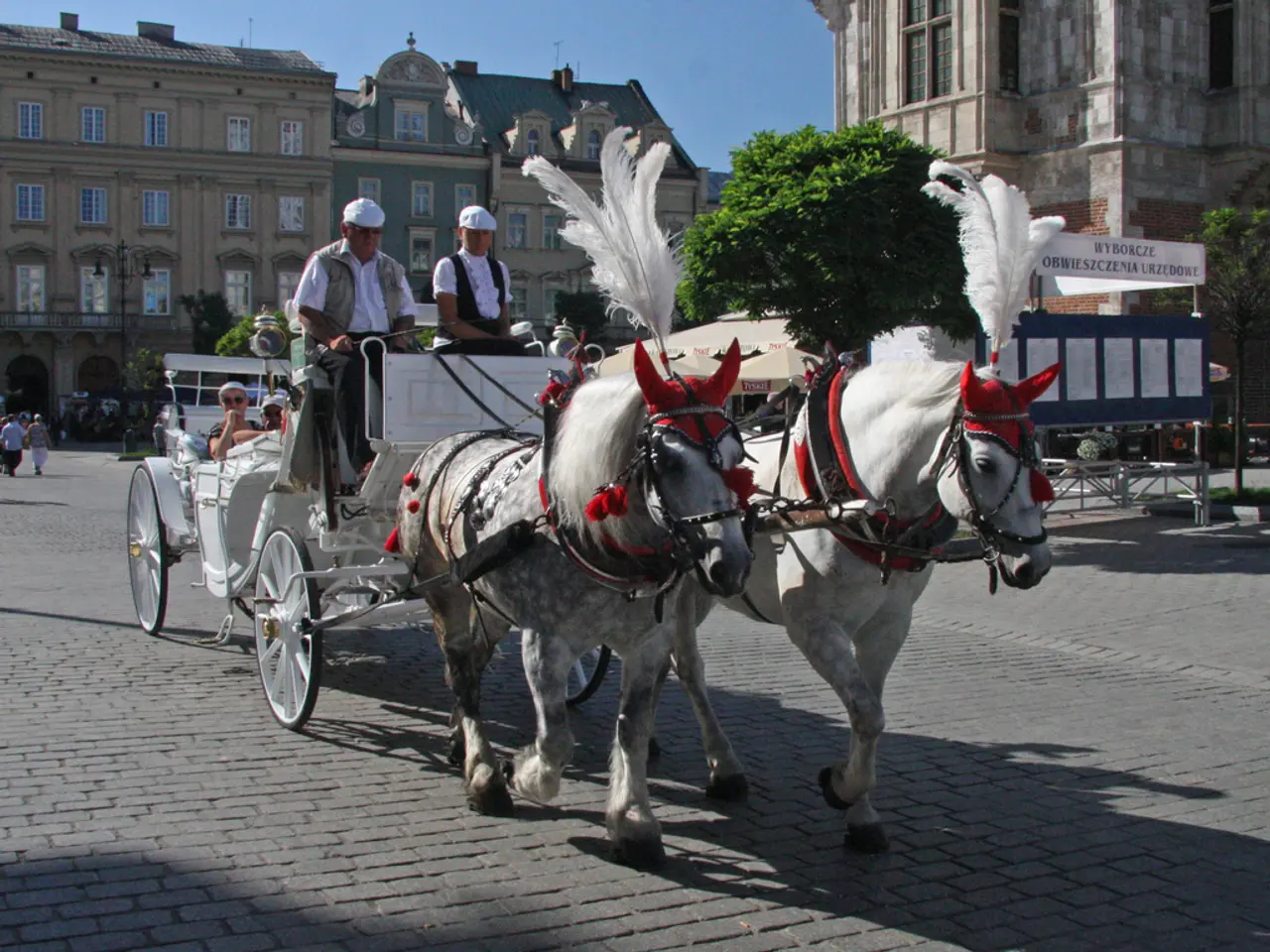Wild Horses of Chernobyl: Thriving in a Nuclear-Contaminated Land, Representing the Last Remaining Wild Horse Breed on Earth
The Chernobyl Exclusion Zone (CEZ) has transformed into an unexpected haven for wildlife, with Przewalski's horses, often referred to as the world's last wild horses, finding a home in this post-apocalyptic landscape. These small, stocky horses, once roaming across Europe, are now primarily found in Mongolia, China, and Kazakhstan. In the late 90s, conservationists released 36 Przewalski's horses into the CEZ, and the population later expanded north into Belarus's Polesie State Radioecological Reserve. Researchers on the Belarusian side, particularly in the Polesie State Radiation Ecological Reserve, have observed that the horses are using abandoned structures, such as barns, as shelters. This study has revealed a burgeoning community of Przewalski's horses in the CEZ, with the population almost doubling within four years. However, the ongoing conflict in the region has disrupted the continuity of field research on Przewalski's horses since 2020. Authorities reported a landmine-related Przewalski's horse fatality in June 2025 due to the ongoing conflict. In the Ukrainian side of the CEZ, researchers are proposing new geospatial monitoring frameworks to continue studying the Przewalski's horses. Scientists from Ukrainian institutions, such as the National Academy of Sciences of Ukraine, are collaborating with international wildlife and conservation organizations to study the population. Despite the challenges, the CEZ continues to support an abundant mammal community, including Przewalski's horses, brown hares, red deer, moose, wild boar, red fox, raccoon dogs, Eurasian lynx, wolves, various birds, and bats. The next step in the research is expanded work on the Ukrainian side, but it has been intermittent since 2022 due to the Russo-Ukrainian War. Wildfires and the Russian occupation of the zone in early 2022 have also periodically disrupted field research in the CEZ. Despite these challenges, the CEZ's reputation as an animal shelter is a testament to the resilience of nature and the enduring spirit of life in this extraordinary locale.




